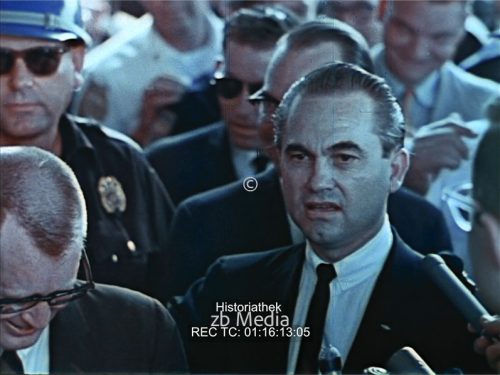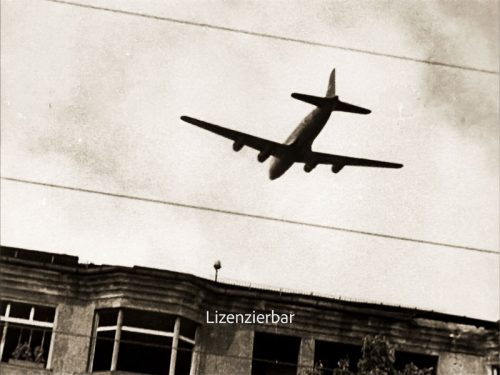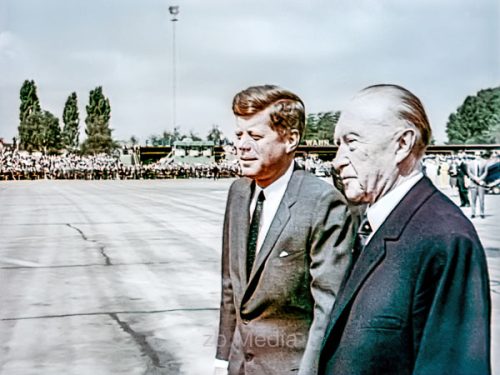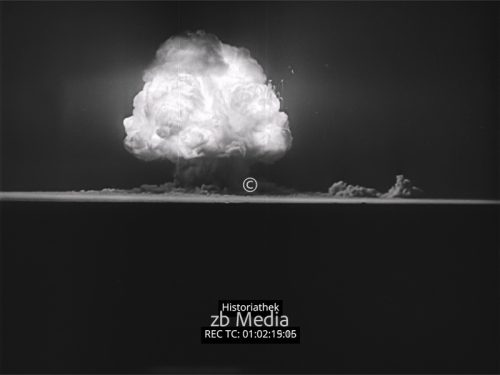Preparations for Yuri Gagarin’s space flight. On 12 April 1961, a great moment in the history of mankind took place – the first human space flight. Cosmonaut Yuri Gagarin lifted off from the Baikonour Cosmodrome at 9:00 a.m. and landed near Engels on the Volga after a complete orbit of the Earth. This film clip shows the arrival at the launch pad and the boarding of the Vostok spacecraft. Film length 2:20. A licence fee of 5 x 30 seconds is charged to purchase a licence for the complete film.
The flight of Juri Gagarin – Preparation and dress from zb Media Filmproduktion on Vimeo.






